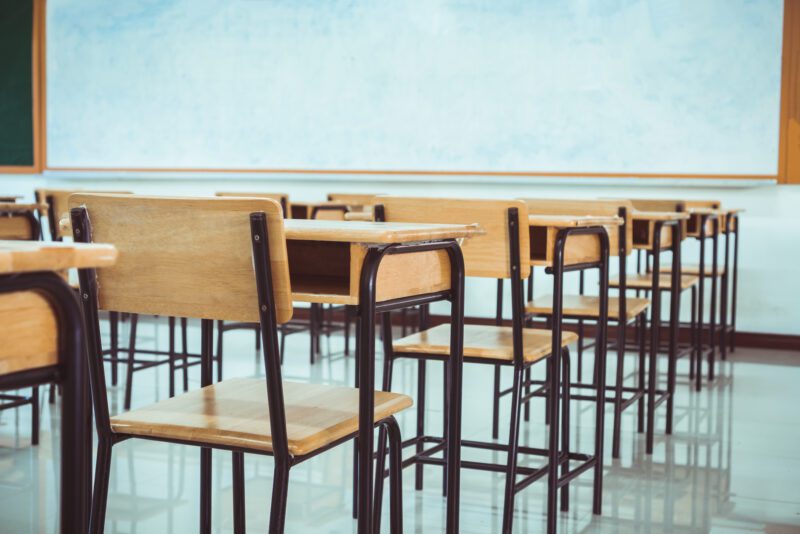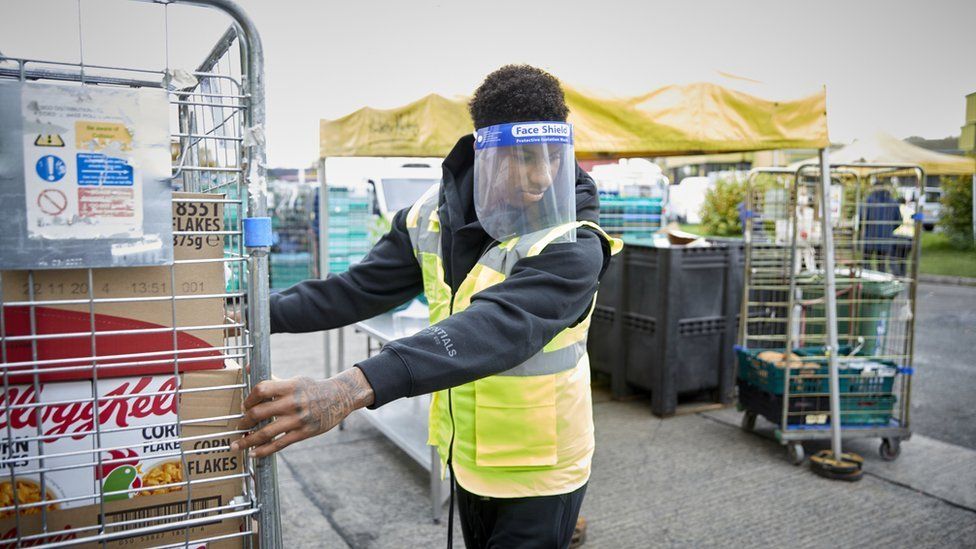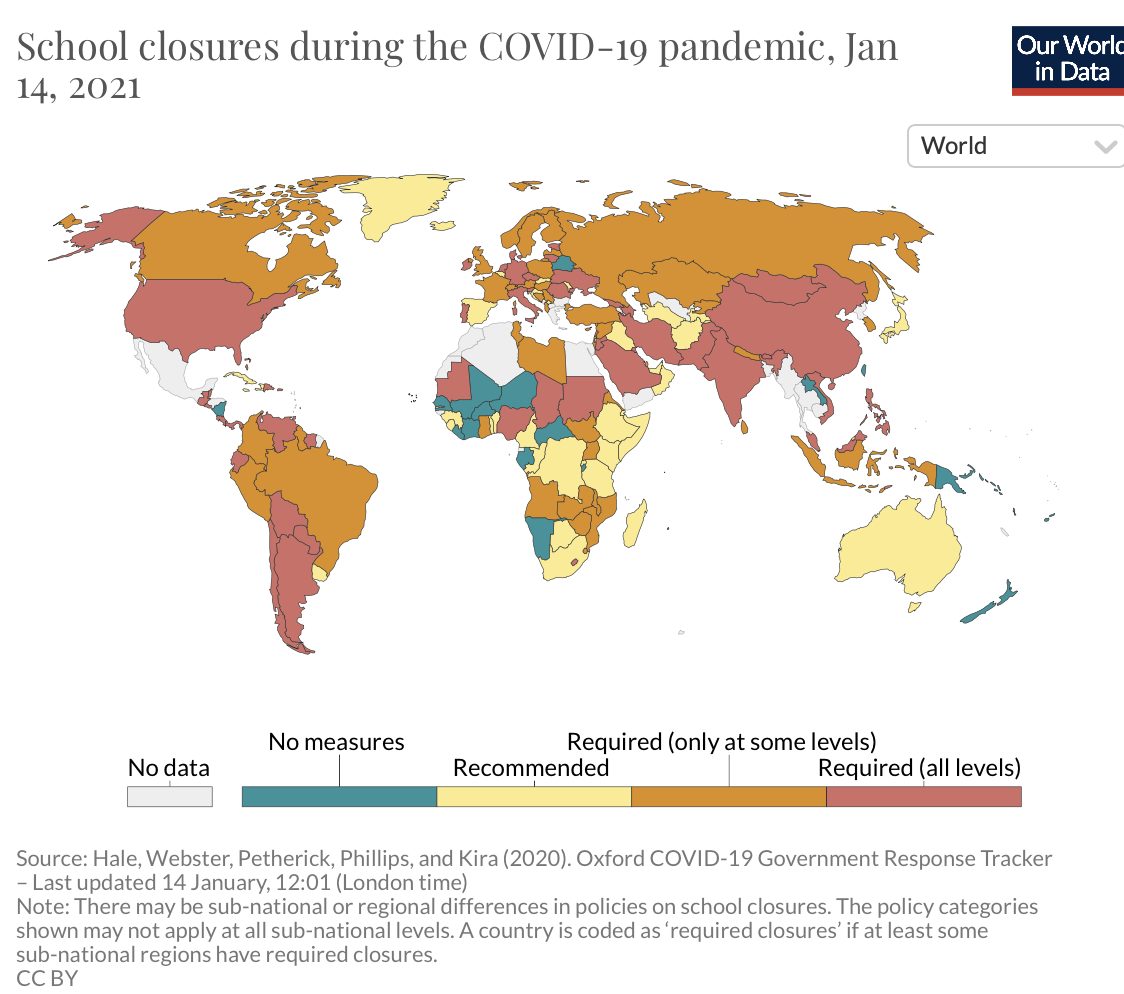Education in 2021 – A Brave New World for Schools?
While a number of vaccines have been developed that will counter the impact of Coronavirus and are the hope for the future, many countries are still affected by the virus. In many countries, the roll-out of the vaccines will be a gradual process and we hope that will allow some return to the normal day-to-day life we all enjoyed only a year ago.
The virus is still impacting students’ learning around the world. How will education emerge after the pandemic’s threat recedes? How has the enforced use of digital learning influenced teaching and learning in the future?
What are some of the lessons learnt from the first wave of infections in 2020?
The OECD undertook a research project that drew responses from 98 different countries around the world. It was entitled “A framework to guide an education response to the Covid 19 Pandemic of 2020”. The report identified these challenges to education post-virus:
a. ensuring the continuity of academic learning for students
b. supporting students who lack skills for independent study
c. ensuring continuity and integrity of the assessment of student learning
d. ensuring support for teachers so they can support student learning and
e. ensuring the well-being of students and teachers.” (Fullan et al: 2020)
In wealthier countries, the response ensured that learning continued online for students. However, this presented problems in terms of students’ access to technology if they lived in an area which was poor and had limited access to a device, or if their parents were working from home on the device. Moreover, schools have provided a net for children of impoverished families, often giving them a daily meal.
Marcus Rashford, the Manchester United and England footballer, highlighted how important it was for students to continue getting this support just to survive and be able to do some school work.
One of the greater challenges for schools that have moved to online or blended teaching has been to deal with students’ emotional well-being. Many younger students particularly have found learning online challenging and have missed the personal contact with both their peers and teachers.
Many teachers felt that it was enough to replicate their teaching methods when moving from face-to-face to online learning. This has proved ineffective and has forced teachers to re-think their approaches. Moreover, their teaching required students to spend long periods online – which many students found hard work and was also demanding for the teachers themselves.
In several countries there continue to be school closures (for example, in the UK, Germany, Italy, Kenya and in various states in the US – see Figure 2 below for mid-January data) and national exams and testing procedures have had to be abandoned for a second year. National exams have been used as a benchmark by both politicians and the public, but last year these were replaced in some countries by coursework assessment and teacher recommendations.
The methods used came under severe criticism in some places for their lack of transparency and also for seeming to favour students from schools in affluent socio-economic areas. However, it does beg the question “Are exams the best way to assess student learning?”
What have been some of the key factors affecting the success of home-based learning?
- Relationships:Relationships between teachers and students have always been important. The connections and personalisation become even more important (TLA 2020) when learning online. Personalisation includes giving students extra time in order to understand their circumstances and also to establish individual goals. It is vital that online teachers give students individual feedback on these goals
- Personalisation: Personalisation of relationships undoubtedly has helped students’ motivation and perseverance with tasks. Fullan et al. (2020) describe this as being “A pre-condition for learning”. They saw this as absolutely essential to student well-being. Not only was the relationship between teacher and student important, but also the relationship between students.
- Pedagogy: Hung (2010) said it was important for teachers to improve the clarity of course objectives. There is a need to design and scaffold material content in a way that encourages student engagement. An important aspect of learning online is that, as far as possible, interactive materials should be used and students should have the opportunity to apply their learning. A leading question for teachers and administrators is “How can you activate networks of student support e.g. parents or care-givers?”
- Technology: By itself, new technology is not going to enhance learning for students and there is no single platform that has proven to be perfect in delivery of lessons and material. The technology used by teachers must be appropriate to each activity that students are undertaking and needs to be easily accessed and user-friendly. Being user-friendly is important, otherwise students will fret about the technology rather than the task being undertaken. Above all, it is important that students get the support they need to use the technology concerned.
This song by the group Pegasus gives us a picture of problems technology can cause for students. One of the lines of the song reflects issues they face: “…Give me a place where nothing is gonna shatter my mind”. You can hear the whole song on YouTube.
What are some tips that you can use to help students with their online learning?
a. Using Interactive material is really important for student engagement. One piece of research has shown that a student’s ability to focus on a video is limited to six minutes when they are just passive viewers of the video.
b. Students tend to learn more when they are involved in tasks where they have to apply their knowledge or skills.
c. When they are able to collaborate, it helps them with understanding concepts and allows them to develop social skills. Collaboration gives them an opportunity to be both more creative and reflective.
d. It is essential to protect student privacy involving the platform used for instruction.
What are some issues to be addressed after Covid recedes and schools are able to host students?
a. The school buildings and facilities must be safe for both staff and students without the risk of infection.
b. There must be a strong emphasis on the mental health of all students as they return to school, as many students have been stressed by the move to online learning at home.
c. There must be an attempt to offer equality of opportunity for all students, no matter their social or racial background. It means that where schools provide meals for students, this must continue as many families may have lost their livelihoods because of the impact Covid has had on increasing unemployment in many countries.
d. There must also be the opportunity for all students to have digital access, so that students can benefit from blended learning.
e. An effort must be made to identify students who have been disadvantaged in their learning and to give them the support they need.
f. It is important that students continue to be encouraged to develop their personal inquiry skills and to have a thirst for knowledge.
g. Teachers need to think carefully about how they use technology and see it more as a connector and amplifier.
h. Student agency must be enhanced, as this helps them to see schooling as a relevant and meaningful experience . Fullan et al. (2020, p.20) sees this as encouraging students to be altruistic in their outlook and want to contribute to society.
i. Fullan (2020) argues that our students need to develop six skills for the future: character, citizenship, collaboration, creativity and critical thinking. How schools develop those skills can be met by a hybrid of thoughtful online and face-to-face learning.
The period when we have schooling at home should also encourage educational policy makers and school administrators to take the time to reflect on what is important in education. That may lead to some change to help students meet the challenges of being adults in the post-Covid world. Fullan et al. (2020 p.22) conclude their position paper with this quote, which highlights the need for educational change at policy and systemic level:
“The interwoven learning, well-being and equity agenda and the corresponding system changes that will be required to enact it, is about the future of humanity itself.
It is imperative that we act now.”
Fullan, M., Quinn, J., Drummy, M., Gardner, M. (2020), “Education Reimagined; The Future of Learning”. A collaborative position paper between New Pedagogies for Deep Learning and Microsoft Education.
Hung, M. L., Chou, C., Chen, C. H., & Own, Z. Y. (2010). Learner readiness for online learning: Scale development and student perceptions. Computers & Education , 55 (3), 1080–1090.
OECD (2019) “Trends shaping Education”
https://doi.org/10.1787/trends_edu-2019-en
Pegasus (2012) “Technology”
Richardson, H. (2021): Rashford: Free school meals firm apologises over small parcel
https://www.bbc.com/news/uk-55628428 (Accessed 12 Jan 2021)
Rabbit, B. (2020) “Driving quality in Remote Learning; A framework for research-informed remote experiences for K-12 Learners”, The Learning Accelerator, Princeton NJ
Source of world map: Hale, Webster, Petherick, Philips and Kira (2020) Oxford Government Covid Tracker
Wood, V. (2020) “Education gap narrowing in the UK before pandemic”
https://www.independent.co.uk/news/education/uk-education-attainment-gap-poverty-gcse-coronavirus-a9688681.html (Accessed 12 Jan 2021)




